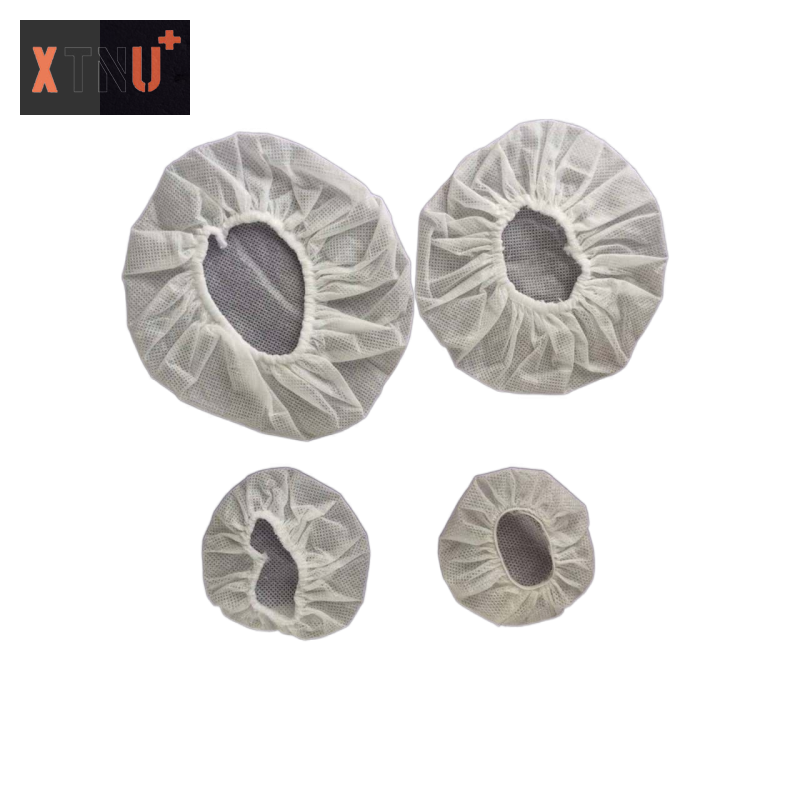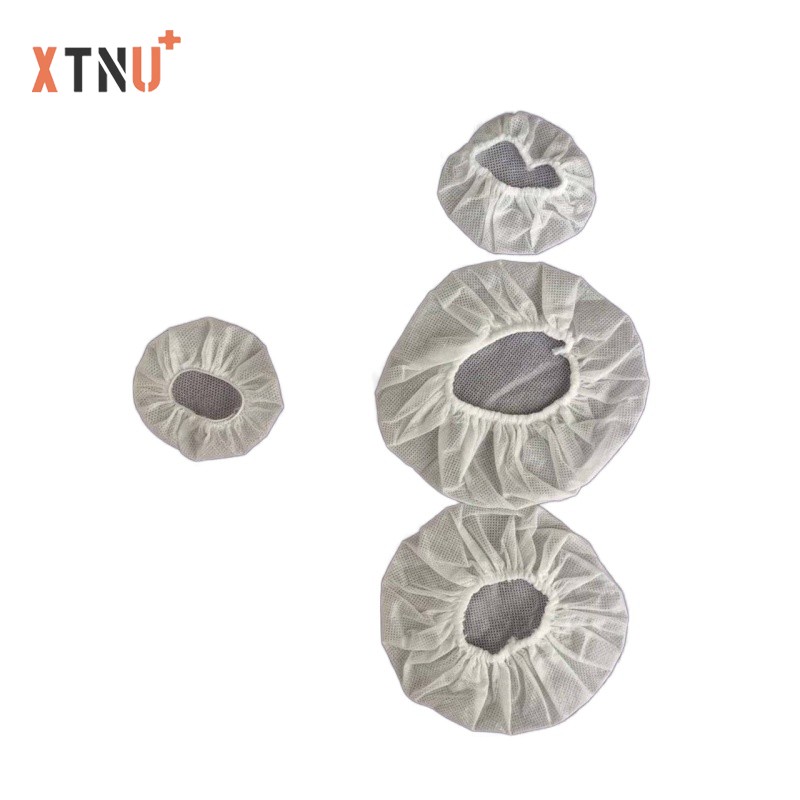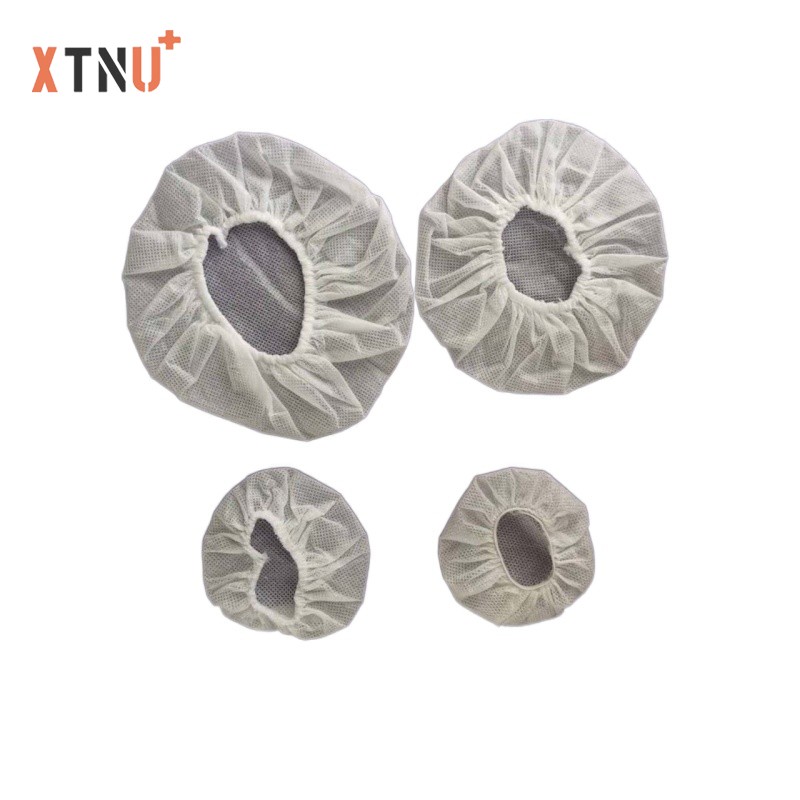Knowledge
KNOWLEDGE


Depending on the process with which they are made, there are different types of nonwoven fabrics.
Wet-laid nonwovens
Wet-laid nonwovens are made by a mechanical process called wet laying. It is similar to a paper-making technique with different raw materials. Fibers are formed into a slurry which is transported to a mesh forming mechanism to lay in a wet state to form a cloth. It is normally followed by adhesive bonding. Felt and felted fabrics are made this way.
Spun laid nonwovens
Spun laid nonwovens are also called spunbond nonwovens. Fibers or polymer slices are spun by spinnerets into endless filaments. These filaments are cooled and stretched by air and are deposited as random web on a moving sieve belt. This conveyor belt carries the web to the bonding zone to bond by a thermal, mechanical, or chemical process. Interfacing material is a spun bonded nonwoven.
Stitch bond nonwovens
A stitch bond non woven is made on a weaving machine. The web is held in place on a weaving machine and is bonded with chain-stitch seams. The fabric will have clear stitching patterns on one side or both sides. The stitch bonding process gives a flatter and softer texture to the web. Scrim in batting is stitch bonded
Solvent bond nonwovens
A web made of acrylic fibers and polyester fibers is treated with a controlled amount of solvent. It softens the fiber surfaces and thus causes bonding.
Thermal bond nonwovens
Thermal bond nonwovens are made of thermoplastic fibers or thermostatic powders like polyester, polypropylene, nylon, etc.
There are four kinds of thermal bonding. Air bonding where heated air is applied to the web placed on a conveyor belt. Impingement bonding, where the web is placed in an oven and hot air impinges to the web surface from nozzles. The calendar bonding, where the web is passed between heated rollers and ultrasonic bonding, where a device in which ultrasonic frequency produces a vibrational motion and the bonding takes place by means of energy conversion.
Chemical bond nonwovens
Chemical bond nonwovens are made by applying a binder (resin or latex) to the surface of the web. Resin bonded batting is an example.

-
2023-04-21
What is the main adv…
What is the main advantage of …
-
2023-04-21
Are nonwovens washab…
Are nonwovens washable and bre…
-
2023-04-21
Where are nonwoven f…
Where are nonwoven fabrics use…
-
2023-04-21
Are nonwoven fabrics…
Are nonwoven fabrics environme…
-
2023-04-21
What are the raw mat…
What are the raw materials for…
